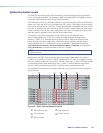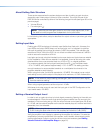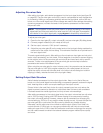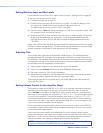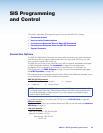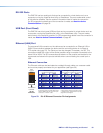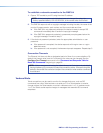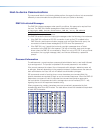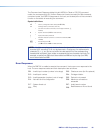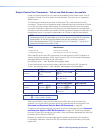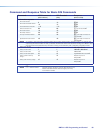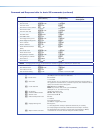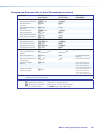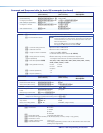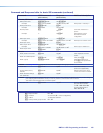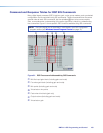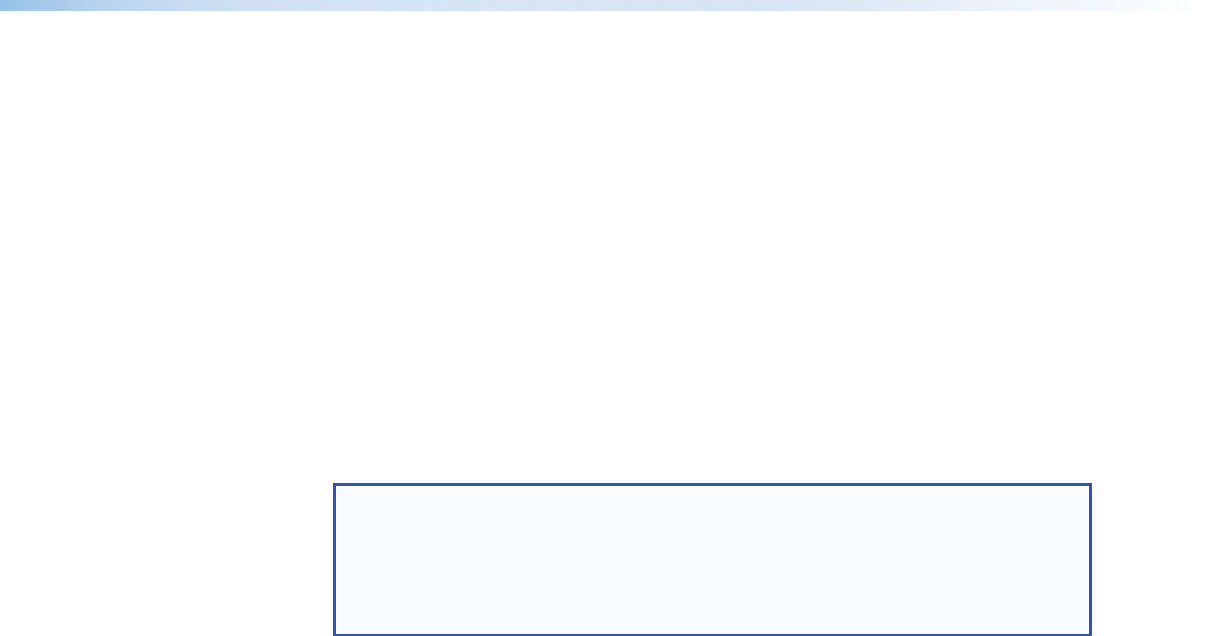
The Command and Response tables list valid ASCII (for Telnet or RS-232) command
codes, the corresponding URL (Uniform Resource Locator) encoded (for Web browsers)
command codes, the DMP64 responses to the host, and a description of the command
function or the results of executing the command.
Symbol definitions
]
=
CR/LF (carriage return/line feed) (hex 0D 0A)
}
=
Carriage return (no line feed, hex 0D)
(for URL-encoded commands, use the pipe character,
|
,
instead)
•
=
Space character (%20 for web browser)
|
=
Pipe (vertical bar) character
*
=
Asterisk character (which is a command character, not a
variable)
E
=
Escape key (hex 1B)
(use W instead of Esc for Web browsers)
NOTE:
For Web encoding only: data is directed to the specified port and must be
encoded (URL encoding) if it is non-alphanumeric. Change any non-alphanumeric
character (%, +,
|
,
}
, and so on) within the data section into the corresponding
hexadecimal equivalent, %xx, where xx represents the two-character hex byte. For
example, a space (hex: 20) would be encoded as %20 and a plus sign (hex: 2B)
would be encoded as %2B.
Error Responses
When the DMP64 is unable to execute the command, it returns an error response to the
host. The error response codes and their descriptions are as follows:
E01 -
Invalid input number (number is too large)
E23 -
Checksum error (for file uploads)
E12 -
Invalid port number
E24 -
Privilege violation
E13 -
Invalid parameter (number is out of range)
E25 -
Device is not present
E14 -
Not valid for this configuration
E26 -
Maximum connections
exceeded
E17 -
System timed out
E27 -
Invalid event number
E22 -
Busy
E28 -
Bad filename or file not found
DMP64 • SIS Programming and Control 96



